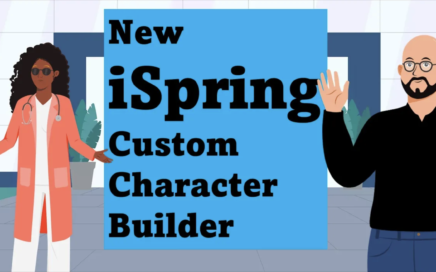
iSpring New Custom Character Builder Changes eLearning Forever
All eLearning design tools have character libraries but iSpring has added a powerful feature to create your own custom characters.

All eLearning design tools have character libraries but iSpring has added a powerful feature to create your own custom characters.

Learn how to use ChatGPT to land a job interview faster.
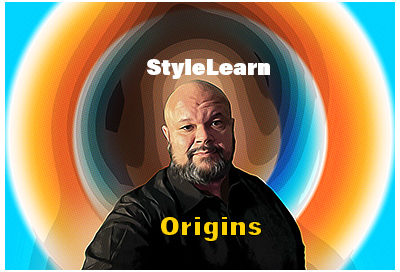
There were exceptional challenges in the past that pushed the might of the American workforce to its optimal capacity. The catalyst for all this was training and the new StyleLearn Origins podcast brings you these powerful lessons.

Subject Matter Experts or SMEs are essential for any instructional design project. SMEs help ensure your learning content is accurate and also collaborate with you on gathering important resources. Here are five tips to better work with them.

The Training Within Industry service helped the U.S. win World War II and set the foundational principles for training and development and performance improvement best practices.
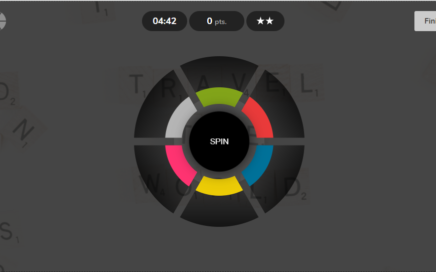
IsEazy’s approach to gamification is by way of knowledge check games. An instructional designer can use these as engaging ways to elicit practice through repetition. The point is, yes, one can just write a few questions as a knowledge check, but that’s not too exciting. Instead, a gamified or microgame experience can be a much better experience as the game gives the user constant feedback of their progress.
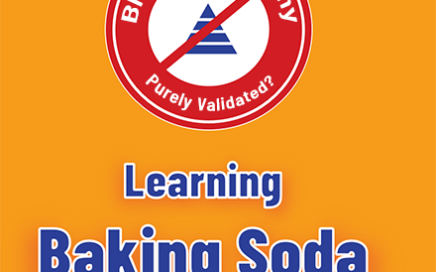
Baking soda has a rich history as a multipurpose kitchen cleaner, leavening agent and even wound healing properties. Thus far, no one has claimed it to accelerate learning or help you create good learning objectives. Unfortunately, Bloom’s Taxonomy has been treated by many in L&D as the baking soda of learning design. Benjamin Bloom’s Taxonomy of Educational Objectives: The Classification of Educational Goals was published in 1956 with the sole purpose of standardize the way academic professors ensured learning objectives are aligned with examination item

Learning Experience Design (LXD) is the creative and intentional process of designing learning experiences for lasting results. The concept of “learning experience” is nothing new, but it’s certainly full of ambiguity today. I mean, 100 years ago, scholars like Dewey, Thorndike and Lindeman gave us many thoughts that challenged institutional educational and learning practices.

As recent as three years ago there has been great impetus in the discussion of Learning Experience Design (LXD). Many recognized personalities in the L&D industry have written about it and as it can always be expected, capitalized on its commercialization. In this triumphant return of the StyleLearn blog we take a look at LXD from the business learning perspective and its value for improving workplace performance.
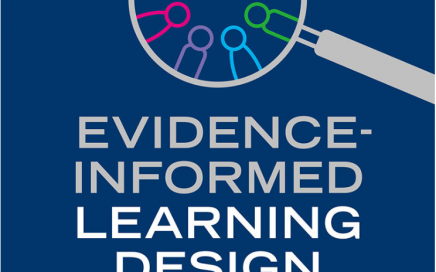
This book review is on Evidence-Informed Learning Design: Creating training to improve performance by Mirjam Neelen and Paul A Kirschner (2020) and according to the authors, its purpose is “to help learning professionals at any stage in their careers to focus on the right things, so that they can build a strong knowledge foundation, based on scientific evidence…”. Of course, the mention of the “right things” intrigued me, so I took a shot at reading and reviewing this book.
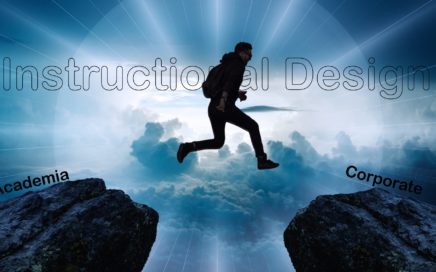
Lately, I’ve been getting several requests from academic professionals for tips on how to cross over to the Learning and Development (L&D) arena. My first reaction to these requests was “Really? Why would you want to do that?”, I find it interesting because I’ve always been attracted to academic environments. After thinking a bit through […]

Instructional Designers or IDs are in need of several skills which are often not developed in academic programs and are only gained by work experience. Even then, IDs have a propensity to be “techie” in their talk about project requirements and may often mimic the behaviors of an Information Technology or IT professional. You know, […]
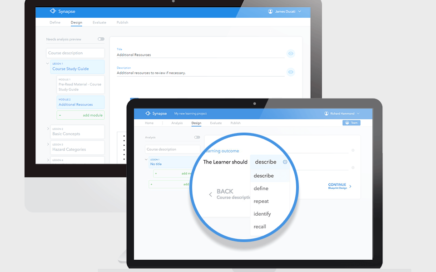
Synapse is a learning experience design tool for documenting the Analysis, Design, Development, Implementation, and Evaluation or ADDIE process of instructional design. As an instructional designer, I always struggled with limited resources to document all stages of a learning project. Often this meant having to manually deal with content versions, shared drives, spreadsheets, and other resources. In […]

Gamification is a hot topic in the L&D industry today. To be honest, I think I always used gamification before it got its name. From early childhood we learned to love games because they are fun, they have rules and they are challenging. In other words, games are everything school is not. As an […]

Robert Gagné (1916-2002) gave us many concepts surrounding the learning process in adults. However, his most significant contribution to all of us in the Learning and Development (L&D) world is known as “Gagné’s 9 Events of Instruction”. Whether you are a Subject Matter Expert (SME) who is or wants to become a trainer, any training course […]

Time is the only commodity we can’t buy, we can only use it or it’s gone. When I’m not defeating elearning evil (that is, preventing ineffective and\or boring learning from happening) I usually develop learning solutions for call center personnel. So, what’s so relevant about that? Well, call center professionals have everything “timed” on their schedules. Therefore, […]

GIFs or Graphic Interchange format images provide you with the ability to animate images or video for use on web sites and even elearning modules. This week’s Elearning Heroes Challenge #83 is about creating 10 GIFs that could be used for a learning course or even to describe the instructional design process. For my sample […]

Articulate Storyline is perhaps the best solution for elearning authorware and aELearning Heroes Challenge (ELH) is a great way to get you working with it. This week’s challenge #79 is about custom menu navigation. There are many advantages to creating your own navigation menus and SPACE is definitely one of them. Using Storyline’s default player […]

Learning objectives are a critical piece of any course or learning activity involving adults. They are preliminary statements providing adult learners with clear guidance (when written effectively) about the expected outcome of their involvement in the learning activity. One can then assume that their primary purpose is to inform the learner. However, learning objectives have […]
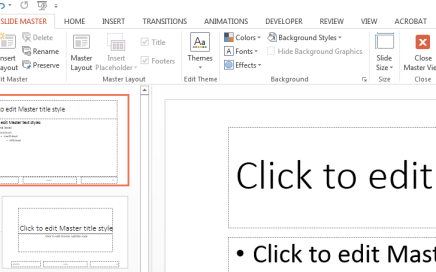
A couple of days ago I wrote a post on LinkedIn titled “3 Ways to Develop Better Presentations”. Today I offer a follow up with three more “hidden treasure” techniques in PowerPoint for my fellow trainers and presenters who want to sharpen their design skills. Do you find yourself always “building” PowerPoints from scratch? Do […]

Adobe Captivate CS8 and Articulate Storyline2 are considered the leading elearning authoring software tools due to their ability to generate great learning interactions. Captivate has been in the “game” for about 11 years while Storyline’s first version was released in 2012. I get often asked this question at work: “Hey Alex, we are going to […]

Instructional Designers are a very misunderstood occupational breed, That’s why I was glad to see that this week’s ELearning Heroes Challenge #67 was to record a podcast to answer a set of questions driven to provide new insight to those not familiar with the skills and responsibilities of an Instructional Designer (ID). Traditionally, IDs have […]
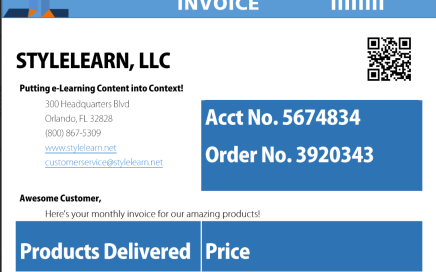
Many of us always dreamed of having our own business and making it BIG. Many of you reading this blog may have done just that and I respectfully bow to you for your awesomeness. A huge part of conducting business is billing. Invoices are the main drivers for getting PAID and blissfully managing your Account […]
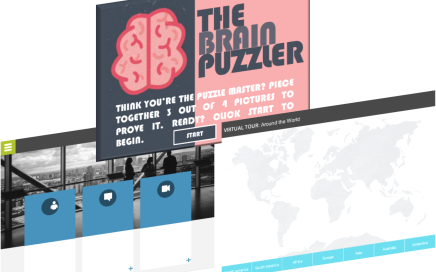
If you develop your elearning courses with Articulate Storyline there’s no better way to start the year honing your skills and creativity by completing an ELearning Heroes Challenge (ELH). This week’s challenge was a tough one and it forced me to come up with creative ways to combine three awesome templates into one unified design. To […]
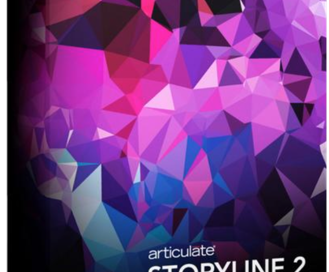
It has been a couple of weeks since I was able to participate in Articulate’s E-learning Heroes e-learning challenges. This week the challenge is to create an interactive chart to find engaging ways in which to display data using Articulate Storyline2 (SL2). The source of my data was a chart from the Association for Talent […]
Family Feud is a very popular game and TV show. I love the game and it was the inspiration for this elearning version developed in Articulate Storyline2 that can be applied to various learning scenarios. In this version, I chose to make it an individual challenge in which the learner has 10 seconds to answer correctly […]
My fondest memories as a kid had to do with three things: Play, play and more play! Learning games have been around for many years but, now we have the capability of creating games with elearning authoring software such as Articulate Storyline. This post is about the development of a game sample named Cowboy Bomber, an […]
The Successive Approximation Model or SAM is the latest and greatest proposal in Instructional Systems Design (ISD) getting significant fanfare by the American Society of Training and Development (ASTD). However, if you are a learning professional, leader, trainer or instructional designer you have probably heard of ADDIE as “The” instructional design model to follow for more […]